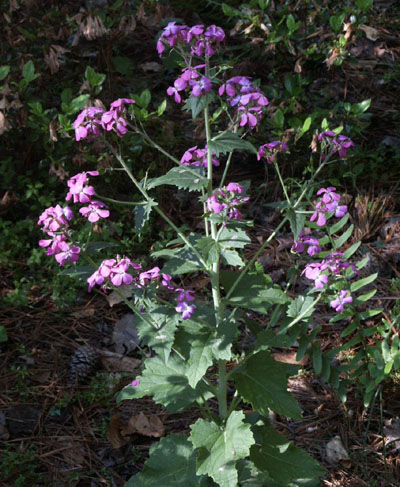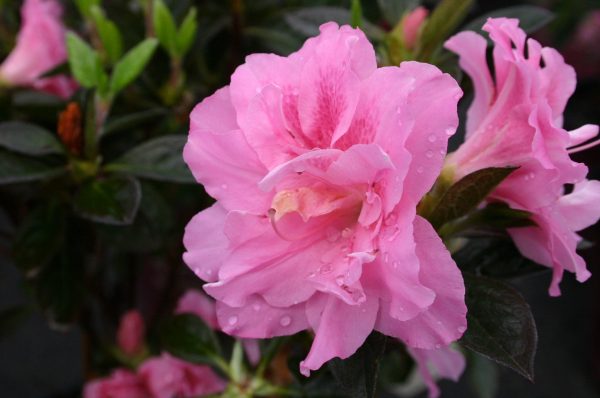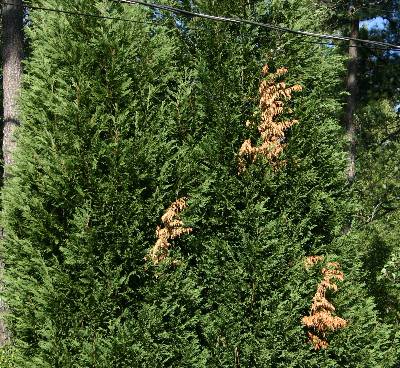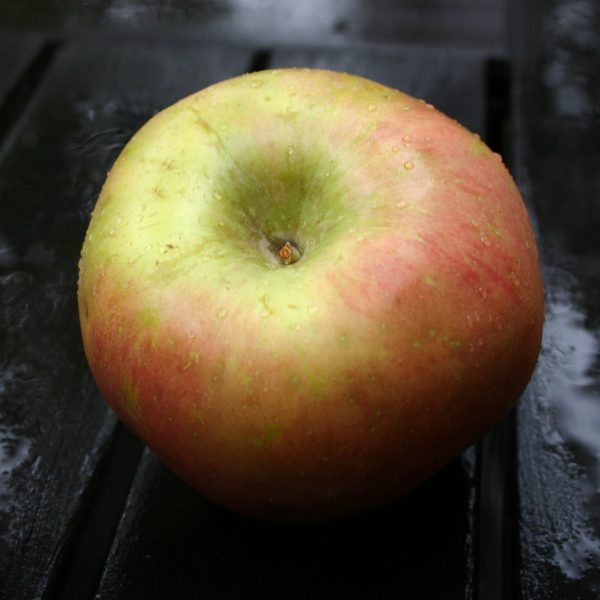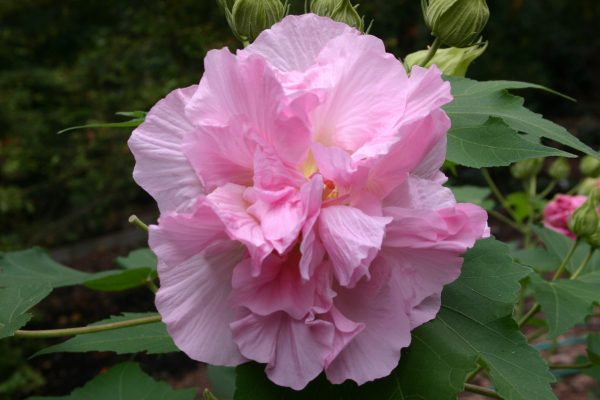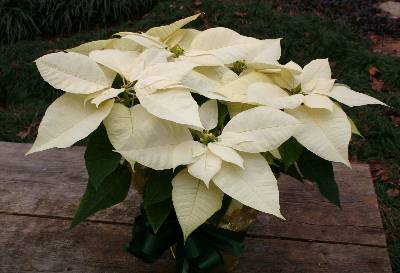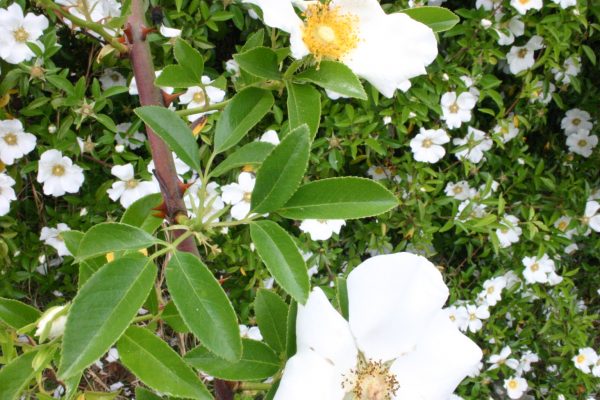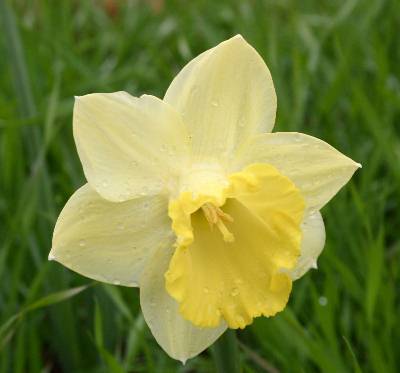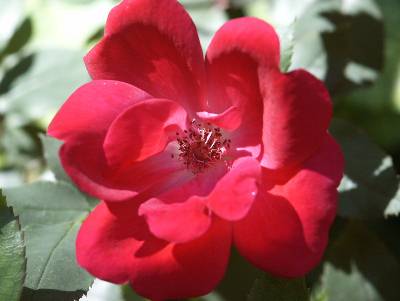Leaves Not Breaking Down In Compost
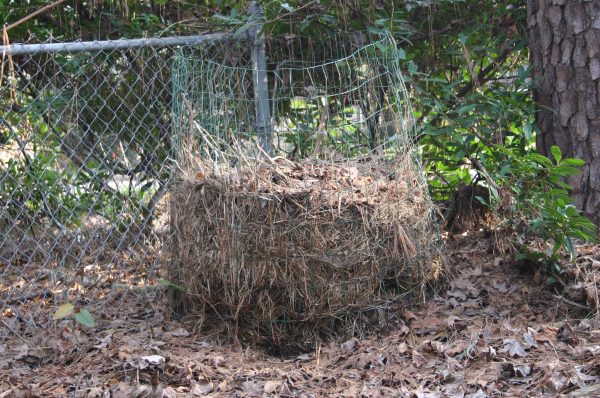
Q: I collected thirty bags of fall leaves to make compost for my garden. But the pile just sits there, looking ugly and not making any compost. What can I do?
A: It’s discouraging to collect many bags of leaves in the fall, pile them up and turn the pile…it does not make compost.
Make sure some nitrogen is always present to feed the microorganisms that decompose leaves…In summer, nitrogen would come from green things, like grass clippings and kitchen waste. But in a pil hovering between warm and hot, you need something extra: liquid houseplant fertilizer. I fall, as you pile up leaves, scatter a handful of granular lawn fertilizer (NOT WEED ‘N’ FEED), or 10-10-10 for every foot of height. Dampen the pile as you normally and wait a couple of weeks. Dig into the center of the pile to see if it is hot. If not, turn the pile again, making sure it’s damp, and wait another couple of weeks.
Decomposition occurs most rapidly during the thermophilic stage of composting (40-60°C), which lasts for several weeks or months depending on the size of the system and the composition of the ingredients. This stage also is important for destroying thermosensitive pathogens, fly larvae, and weed seeds. In outdoor systems, compost invertebrates survive the thermophilic stage by moving to the periphery of the pile or becoming dormant. Regulations by the U.S. Environmental Protection Agency specify that to achieve a significant reduction of pathogens during composting, the compost should be maintained at minimum operating conditions of 40°C for five days, with temperatures exceeding 55°C for at least four hours of this period. Most species of microorganisms cannot survive at temperatures above 60-65°C, so compost managers turn or aerate their systems to bring the temperature down if they begin to get this hot.
Mesophiles thrive between 70 and 90 degrees F. The majority of the decomposition in your pile is performed by these microorganisms. Thermophiles will be found in your compost pile when the temperature rises above 104 degrees F.
Timing turning with falling internal temperatures will re-generate heat in the pile, so responsive aeration is the best strategy to keep a pile consistently hot. Turning about once a week is a good rule of thumb.



